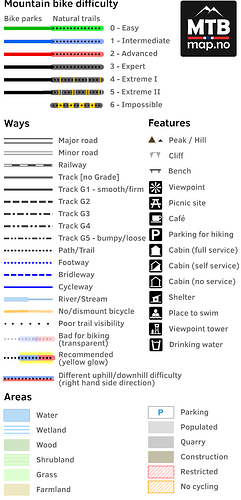Hm, surface itself is indicated by surface=* tag (and its roughness by related smoothness=* tag).
tracktype=* “is a measure of how well-maintained a track or other road is, particularly regarding surface firmness”. It is often (but not always) the result (see the description of values in that wiki, especially for softer values) of how much hard materials are mixed in / compacted with the soil.
Firmness of some types of surfaces (like surface=dirt) are more affected by rain than others (like surface=compacted). Also, if you have two “unimproved ground” tracks with same tracktype=grade5, one with surface=grass will likely be less affected by rain than one with surface=dirt.
However how wet and soft the track becomes when it rains depends also / a lot on the underlying layers (do they let through quickly or block the water).
It would also depend on amount of water received, not only in that day, but in prior days too, i.e. how saturated the soil is with water. Some types will let smaller amount of water just pass through without much effect, but bigger amounts of rain would cause more problems.
Thus using this combo of tags is probably the best alternative right now, but I’m not sure how uniform the existing tagging is and would it properly indicate track softness when raining.
Yes, it is a combination of all three tags linked above, which usually gives a pretty good estimation what one might expect in different weather conditions (snow, rain, dry season), and how appropriate it would be for their type of transport (foot, bicycle, sport car, SUV, pickup truck …)
But while very good, it is still not perfect (can anything ever be, though?), and some situations (like ground which very easily and often turns into deep mud) are harder to represent using existing tags, and might need extra effort (flood_prone=yes, or even seasonal=*) or accepting some inaccuracies (surface=mud + smoothness=very_horrible if it is very muddy and hard to pass very often but not always, and in smaller part of the year it is actually surface=dirt+smoothness=bad - note=* might by added to explain the situation)
